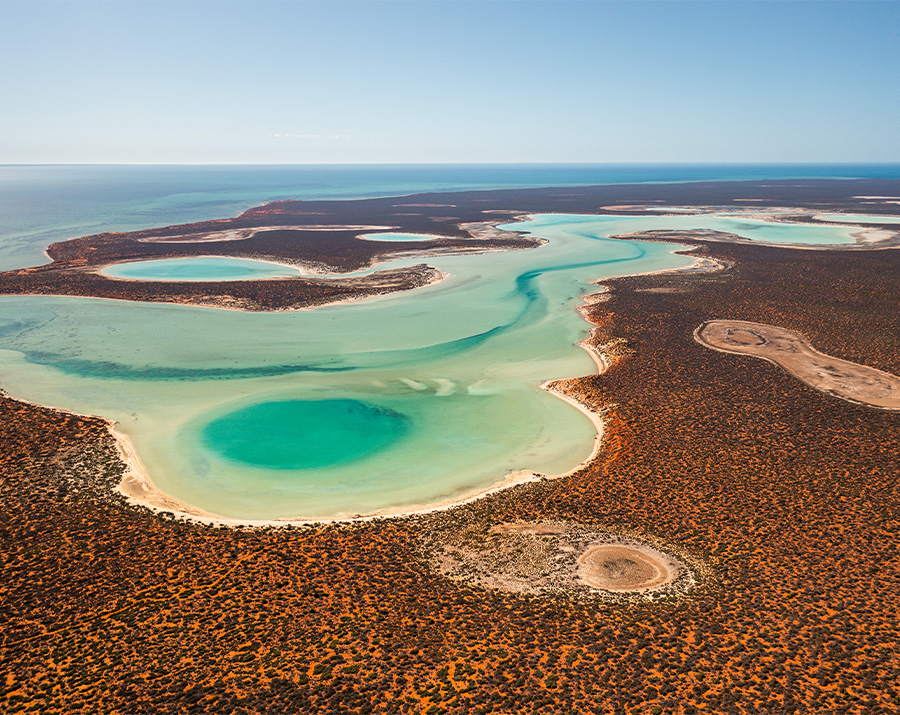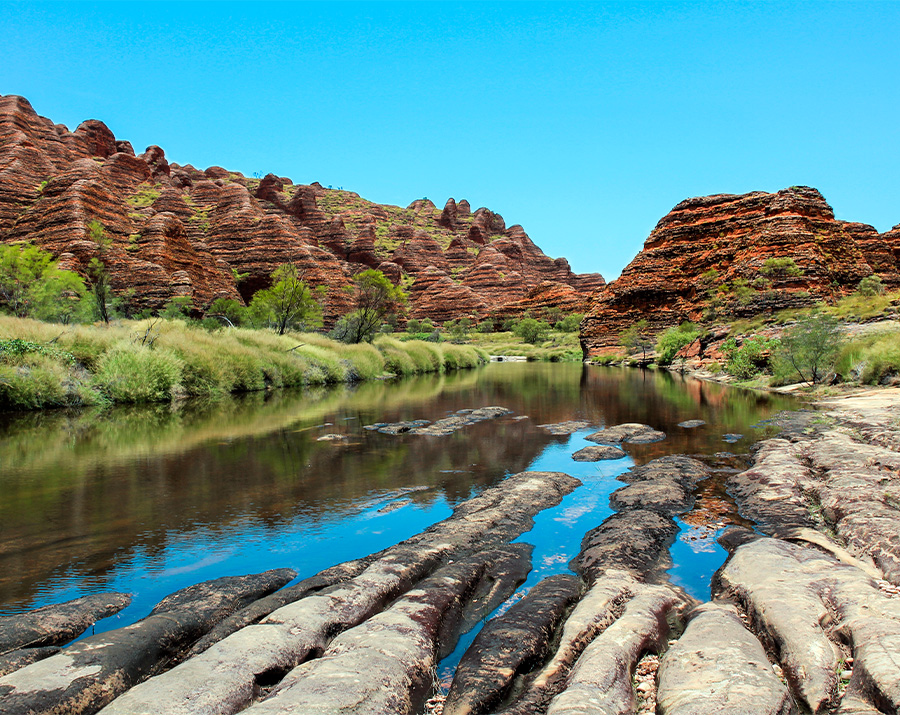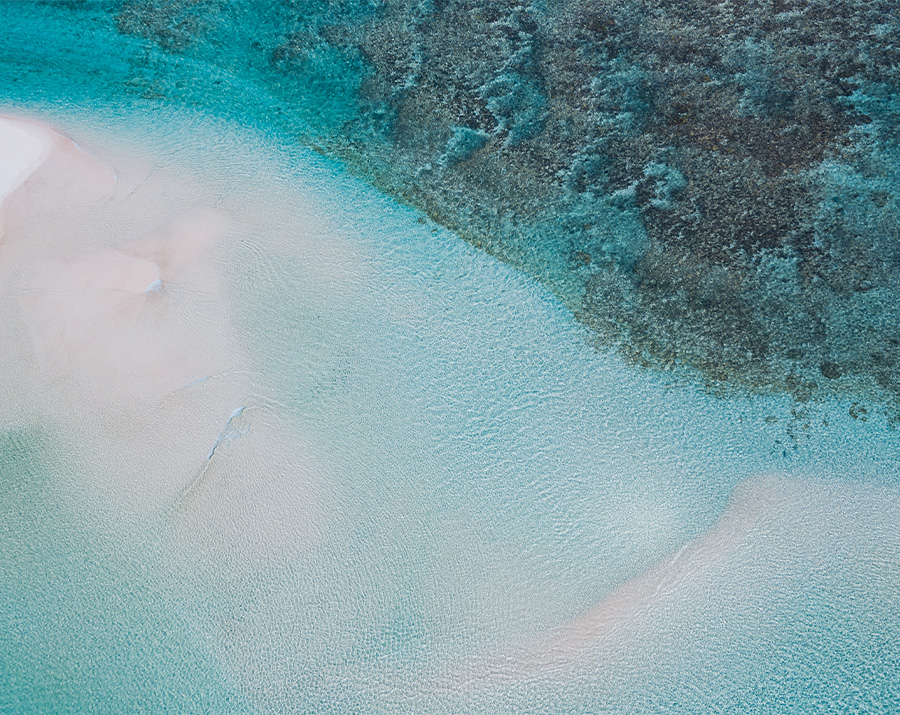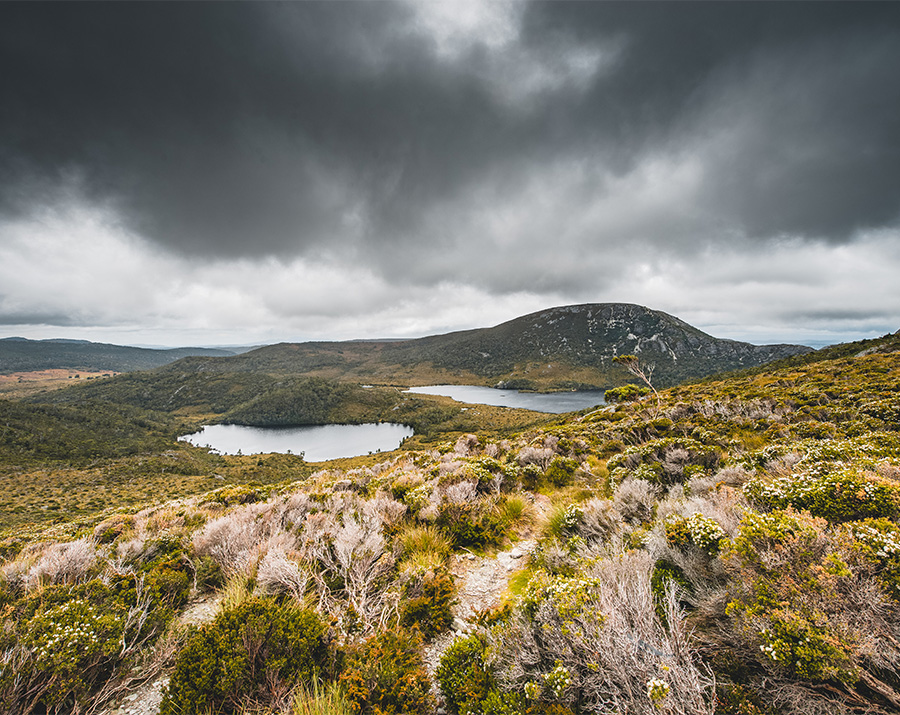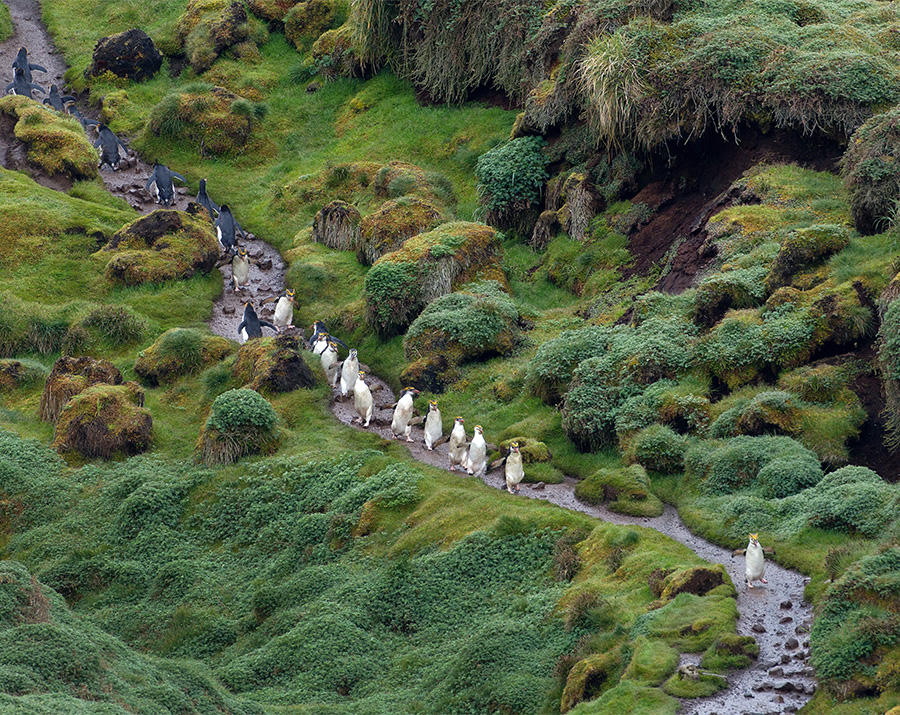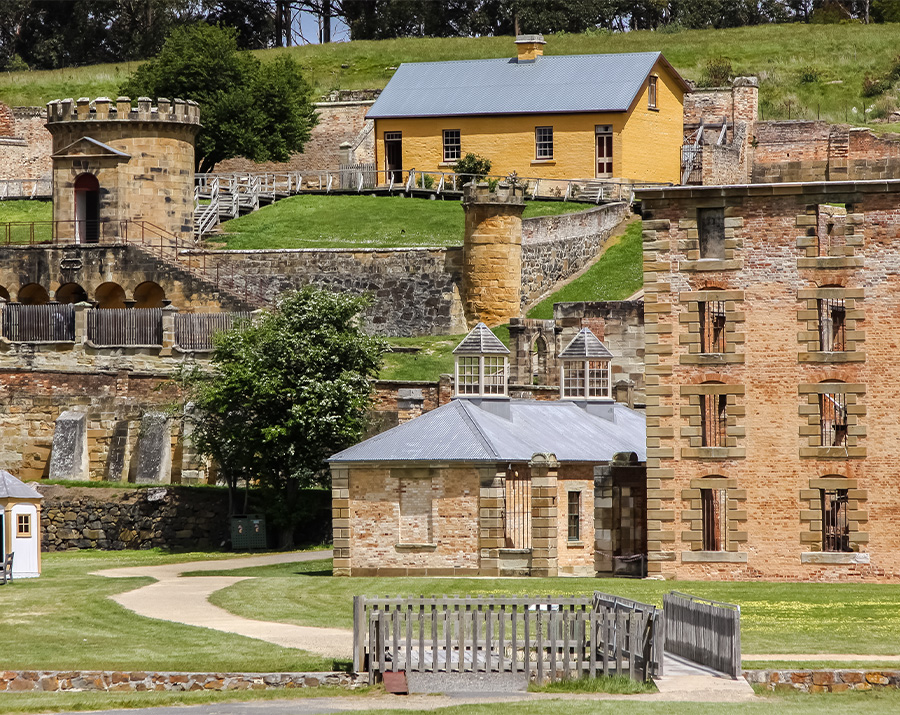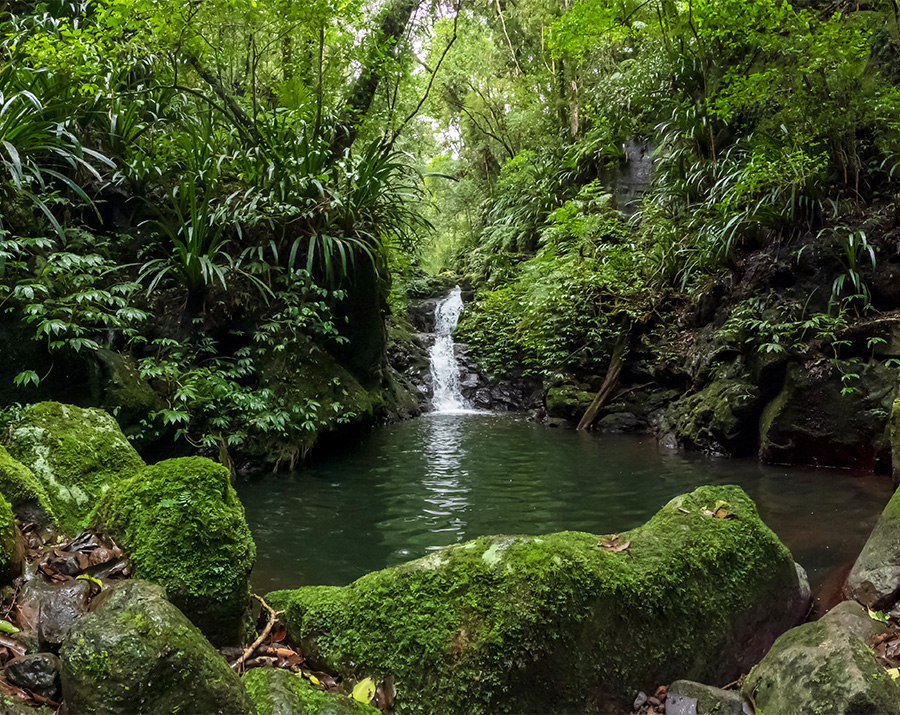
Australia is a country with international fame for its beautiful climates, storied pre- and post-colonial history, and structures of cultural significance.
Recognising these, the United Nations Educational, Scientific and Cultural Organization (UNESCO) has identified 21 sites in Australia since 1981 that meet its criteria of contributing “outstanding value to humanity”.
This heritage rating and its value receives further recognition by being classed as either ‘cultural’, ‘natural’ or ‘mixed’ (if they’re both cultural and natural).
Without further ado, let’s take a look at the sites for which Australia has received these accolades.
Heritage: Cultural
Year listed: 2007
This list kicks off with what is arguably Australia’s – if not the world’s – most recognisable structure, the Sydney Opera House.
A performance arts centre set against the backdrop of Sydney Harbour, the Opera House is widely considered an engineering and design masterpiece. As many as 1.4 million people pass through its doors each year just to attend performances held inside.
Heritage: Natural
Year listed: 2000
Most known for its Three Sisters rock formation, the entire Greater Blue Mountains area is actually recognised by UNESCO.
A large sandstone plateau measuring more than a million hectares, the area consists of swamps and wetlands, grasslands and wet and dry forests and is noted for its large biodiversity.
Heritage: Mixed
Year listed: 1981
As one of the first Australian sites to be listed by UNESCO, the Willandra Lakes Region in Far West NSW holds great historic and cultural value – including the world’s oldest evidence of a cremation.
Originally a traditional meeting place of the Muthi Muthi, Ngiyampaa and Paakantyi Aboriginal peoples, the area went on to become popular for stockman who overlanded sheep and cattle.
Heritage: Natural
Year listed: 1982
Pristine and beautiful, the Lord Howe Island Group sits about 570km off the mainland of New South Wales.
This subtropical group of volcanic islands serves as a nesting site for many sea bird species and where the (previously believed to be extinct) Lord Howe Island Phasmid was once rediscovered.
Heritage: Cultural
Year listed: 2004
Built from 1879 to 1880 to host a world fair, the Royal Exhibition Building and its Carlton Gardens surrounds signified a time of great wealth and prosperity for Victoria.
Drawing on Byzantine, Romanesque, Lombardic and Italian design cues, the building and garden are still used for exhibitions to this day, however, have since been overtaken in size by the Melbourne Convention & Exhibition Centre in Southbank.
Heritage: Cultural
Year listed: 2019
Made up of areas in the southwest corner of Victoria – with its two largest being the Budj Bim National Heritage Landscape and the Budj Bim Cultural Landscape – the Budj Bim Heritage Areas are famous for having some of the world’s oldest examples of aquaculture.
This complex series of dams, channels and weirs, as well as eel traps, shows an ingenuity and advanced understanding of the land by the Gunditjmara, its local Aboriginal people, and has since been recognised by UNESCO.
Heritage: Natural
Year listed: 1981
Another of the first Australian inductees, the Great Barrier Reef off the Queensland mainland is the world’s most extensive coral reef.
Stretching 2000km, it is home to 4000 types of molluscs, 1500 fish species and 400 types of coral, as well as the endangered dugong and green sea turtle.
Heritage: Natural
Year listed: 1987
One of the most densely rich ecosystems in all of Australia, the Wet Tropics of Queensland encompasses 8,940 km2 of tropical rainforest stretching 450km along the Great Dividing Range from Cooktown to Townsville, including the Daintree National Park.
Despite its small size compared to Australia, the Wet Tropics of Queensland hosts 60 per cent of Australia’s bat species, 40 per cent of its bird species and 30 per cent of its marsupial species.
Heritage: Natural
Year listed: 1992
Not just the largest in Australia, K’gari (formerly known as Fraser Island) is the largest sand island in the world.
Measuring 122km long, with lakes up to 240m above sea level, the island is an ecological marvel, boasting the only tall rainforest able to grow on sand in the entire world.
Heritage: Mixed
Year listed: 1981
Another first-round addition to the list, Kakadu National Park in the Northern Territory has been home to the Kundjeyhmi, Kunwinjku and Jawoyn Aboriginal peoples for around 60,000 years.
Located in the central north, the site covers nearly 20,000 square kilometres of land and is Australia’s second-largest national park. Acknowledged as having mixed heritage, Kakadu offers rich, varied geography and outstanding collections of Aboriginal rock art.
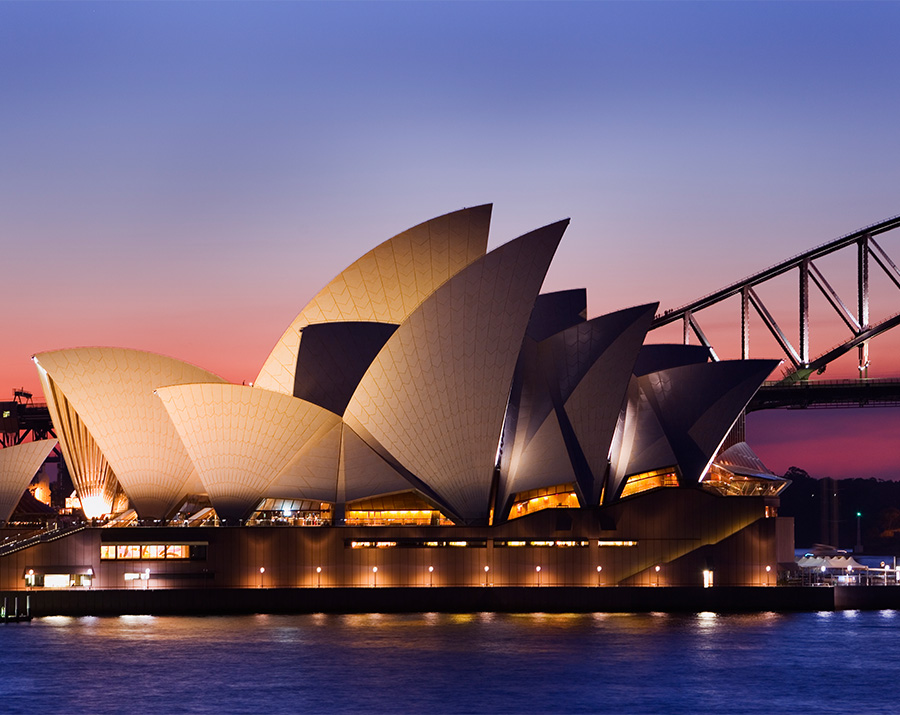
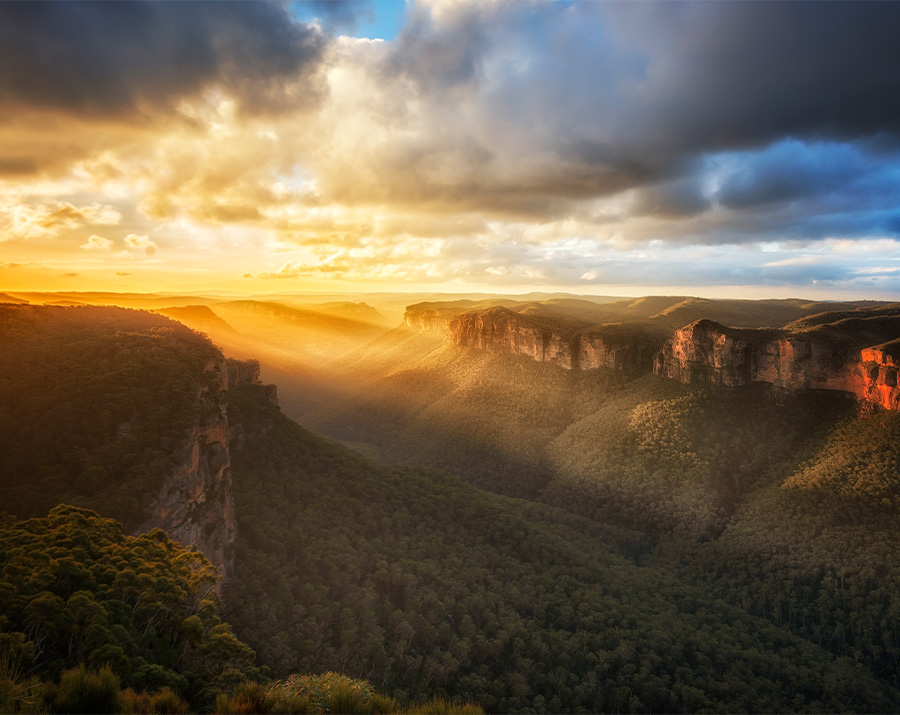
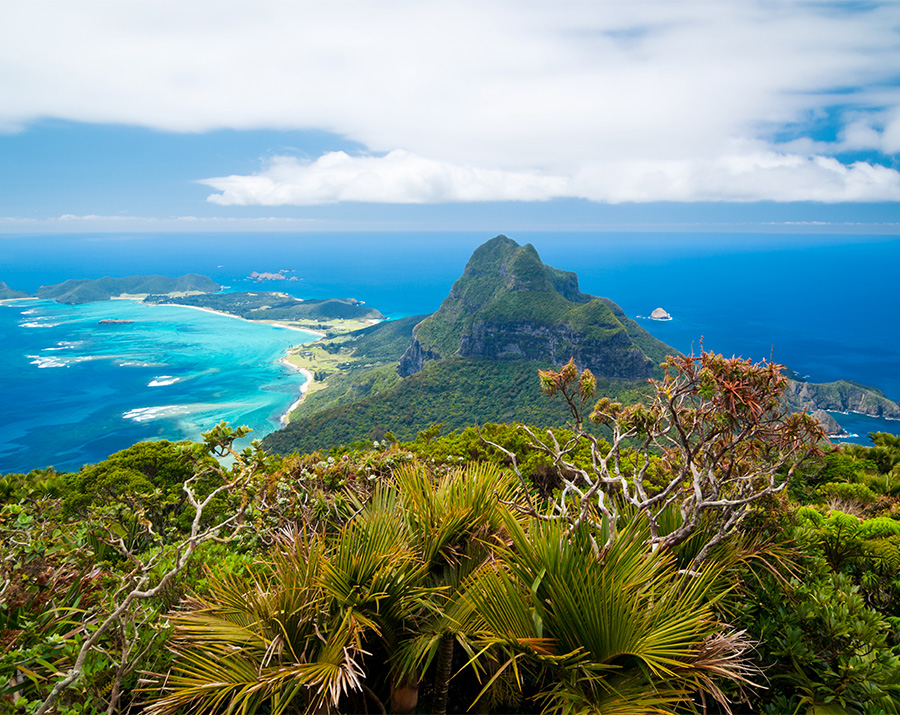
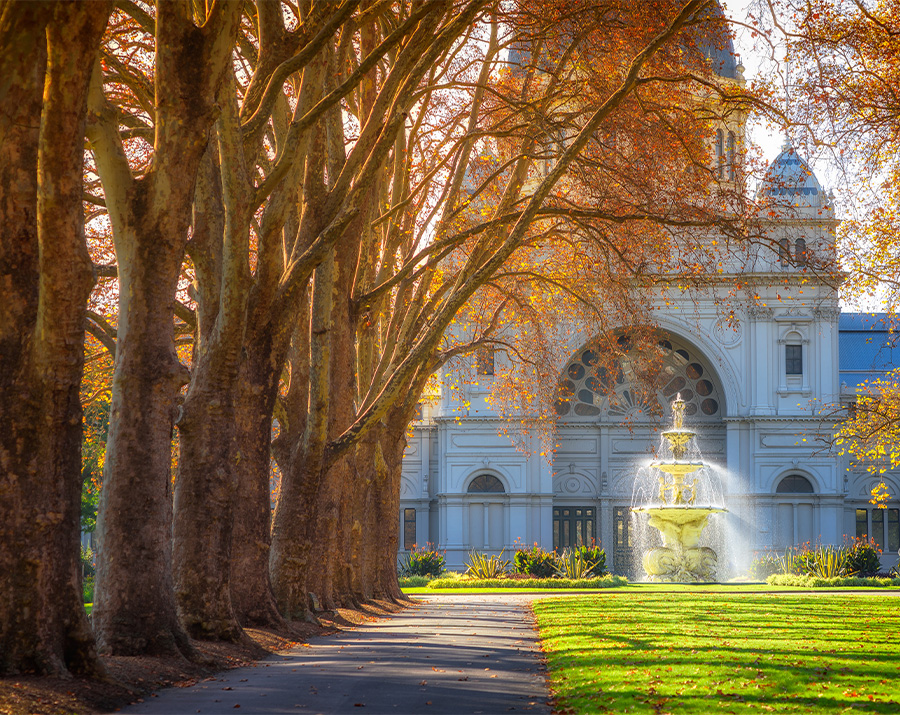
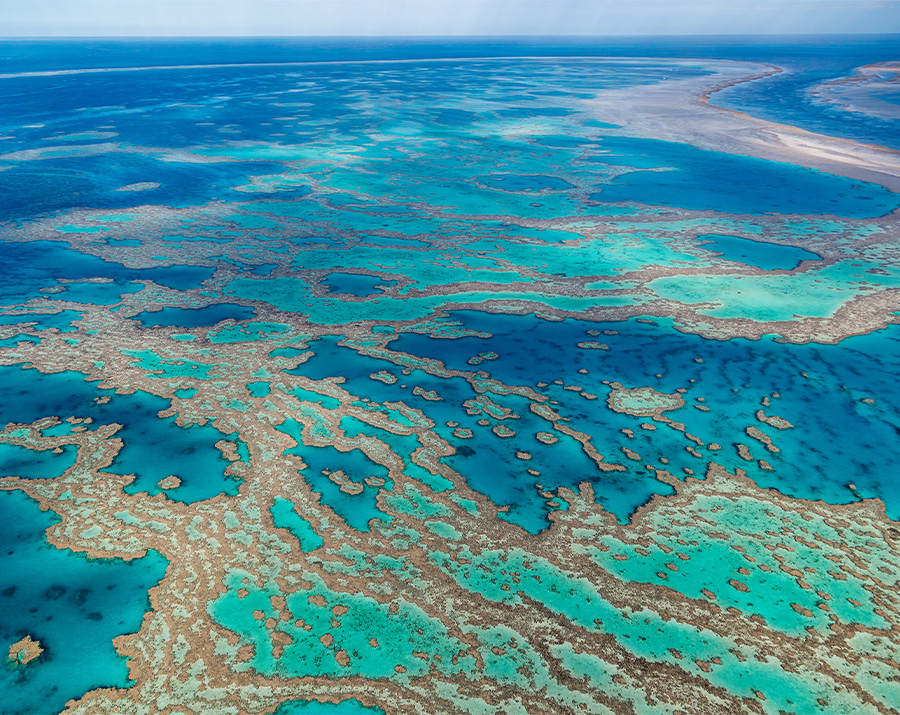
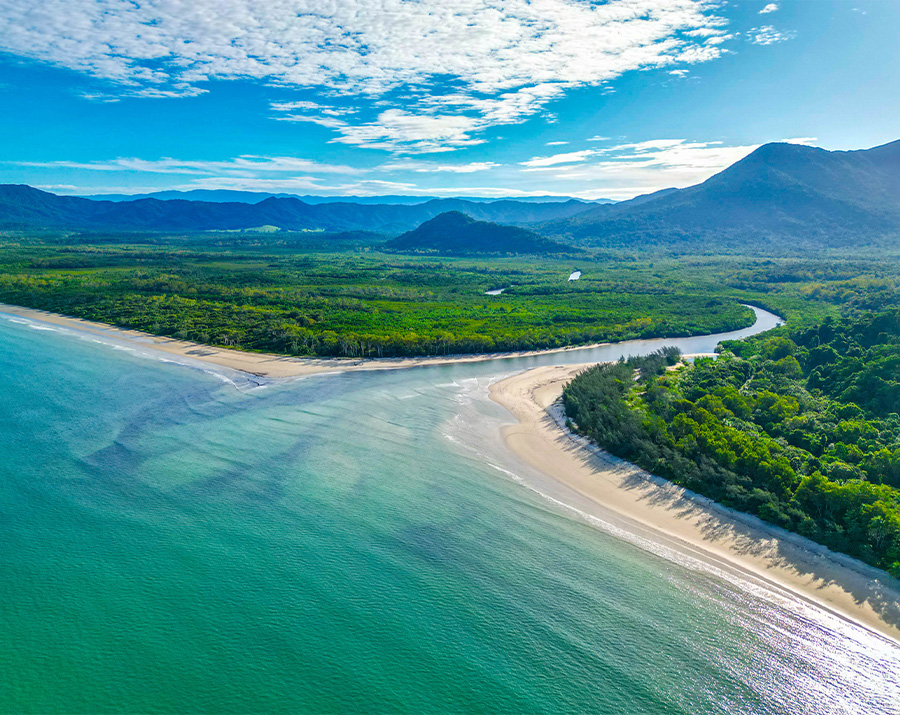
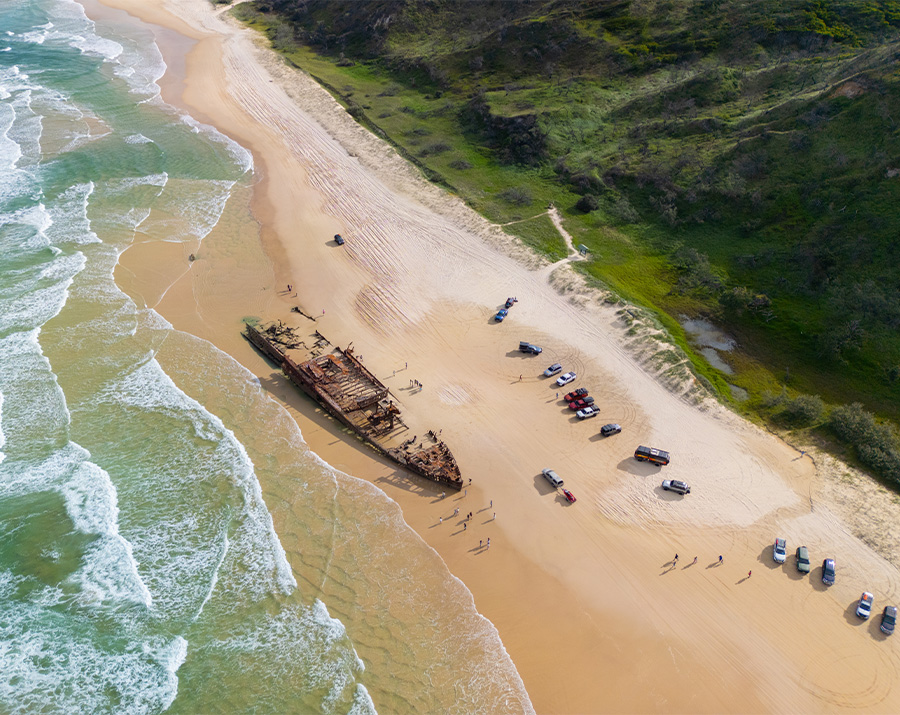
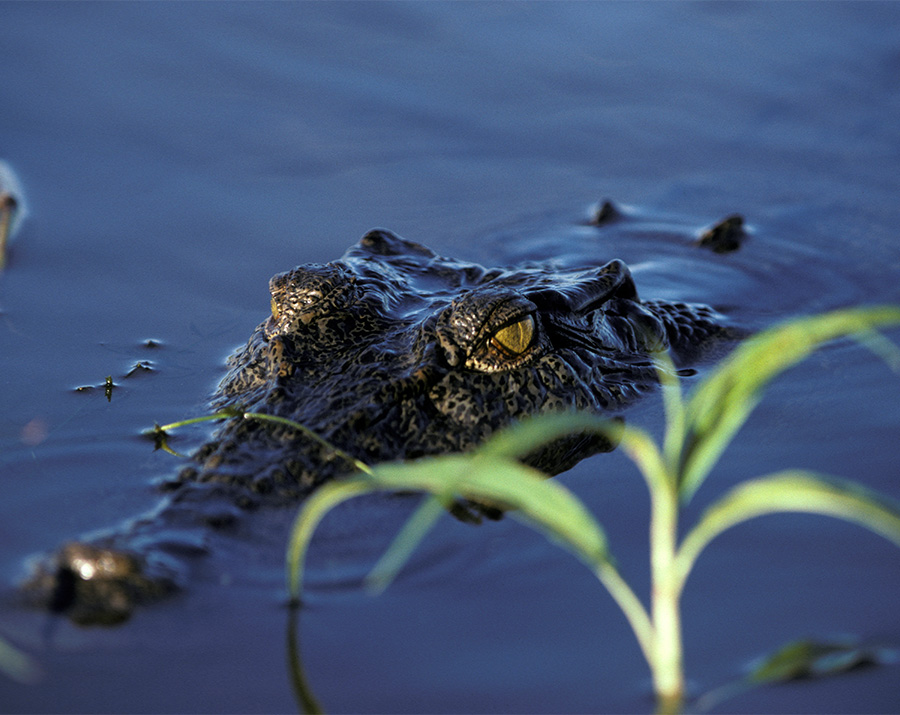
Heritage: Mixed
Year listed: 1987
The Uluṟu-Kata Tjuṯa National Park comprises just 1334 square kilometres in the Northern Territory, and houses one of the world’s most recognisable natural wonders, Uluru/Ayers Rock.
Visitors can experience natural and cultural beauty through tours and accommodation, with many tales of Aboriginal Dreamtime originating in the area.
Heritage: Natural
Year listed: 1981
One of Australia’s most westerly points, Shark Bay in Western Australia also provides one of the country’s richest marine ecosystems.
Thanks to the presence of the largest and richest seagrass meadows in the world, Shark Bay serves as a crucial breeding and nursey ground for many forms of sea life.
Heritage: Natural
Year listed: 2003
The result of countless millennia of erosion and weathering, Purnululu National Park’s rock formations are a testament to nature’s persistence and power.
Known more technically as sandstone tower karst, the terrain is recognised by experts as one of the most dramatic and impressive occurrences of the phenomenon in the world.
Heritage: Natural
Year listed: 2011
Australia’s only large reef positioned very close to land, the Ningaloo Coast, when translated to Aboriginal Wajarri language, means ‘high land jutting into the sea’.
Its rock formations and 260-kilometre-long reef also make it a popular spot for whale sharks, with hundreds migrating to the area each year to feed.
Heritage: Cultural
Year listed: 2025
Our most recent inductee, the Murujuga Cultural Landscape in WA has been recognised for its extensive collection of petroglyphs, including what is thought to be the world’s oldest depiction of a human face.
Want to know more about Muruja Cultural Landscape’s UNESCO listing? We covered it here.
Heritage: Mixed
Year listed: 1982
Wild rivers, temperature rainforest and rocky terrain have earned the Tasmanian Wilderness its place in this list.
Following three boundary alterations – the most recent in 2013 – the site contains almost a quarter of Tasmania. It also ties first globally with China’s Mount Tai for most World Heritage criteria fulfilled, scoring seven out of 10.
Heritage: Natural
Year listed: 1997
At about the halfway point between Tasmania and Antarctica sits Macquarie Island.
Home to the entire royal penguin population during its annual nesting season, the island also hosts scientists researching tectonics with samples taken at depths up to 6km below the ocean floor.
Heritage: Cultural
Year listed: 2010
Spanning 11 locations across NSW, Norfolk Island, Tasmania and Western Australia, the Australian Convict Sites are a sad nod towards the nation’s history.
It’s estimated that 166,000 convicts, including men, women and children, were sent to Australia over the 18th and 19th centuries, with many subjected to the forced labour that helped build early Australia.
Heritage: Natural
Year listed: 2010
Vast and complex, the Gondwana Rainforests covers 24 national parks, 19 nature reserves and 12 local government areas across both NSW and Queensland.
Lauded for its rich variety of both flora and fauna, the site gets its name for a biome very similar to the original ‘gondwana’ super continent that once covered earth.
Heritage: Natural
Year listed: 1994
Australia was isolated for an estimated 35 million years, resulting in some truly unique evolution of our native mammals and climate.
This is no better captured than in fossils documented at Naracoorte in South Australia and Riversleigh in Queensland.
Heritage: Natural
Year listed: 1997
Technically an Australian territory, the Heard and McDonald Islands – about 4100km south-west of Perth – are the only active volcanoes in the subantarctic region.
After a fun fact? With Australia’s sovereignty of this area factored in, Mawson Peak (atop Heard Island) is technically Australia’s highest mountain.
With 21 World Heritage Listed Sites currently recognised by UNESCO, another seven are under consideration and considered ‘tentative’ sites.
While some include extensions of current sites (including Gondwana Rainforests and K’gari), new additions including additional an additional rock art site, Flinders Range, Workers’ Assembly Halls in NSW and Victoria, two mines and even what might be the world’s first female prison are all under consideration.

